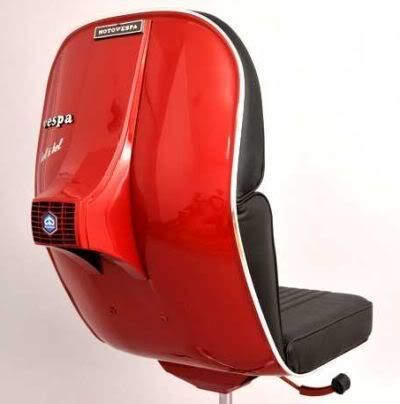Posted by: Mitchell H. Kirsch
Category: Office Furniture
Tags: eco friendly office, eco-friendly, environmentally friendly office, furniture
10 Steps toward an Environmentally Friendly Office.
Creating an environmentally friendly office takes baby steps. You don’t just change the lightbulbs, set up segregated trash bins, and expect the Green Office Council to give you a medal. No, it’s a long, hard slog, and may add an element of inconvenience in your office life.
Why do it? It’s worth it. Think of the positive impact you’ll make with an environmentally friendly office – and think of the improved morale in a workforce that knows they’re committed to something bigger than themselves.
1. Power down. Turn off equipment that isn’t being used. Don’t just turn them off – unplug them. Little did you know that equipment on “standby” mode still sucks up juice, to the tune of hundreds of dollars’ worth of energy a year! Unplug these appliances when not in use, or get a smart power strip that monitors electricity use, cutting off the power from outlets that have been idle for a while.
2. Turn down the thermostat. Reprogram your thermostat to be a few degrees warmer in the summer, and a few degrees cooler in the winter. Shaving off the degrees in this way can save you up to eight percent in energy costs per year.
3. Change the light source. Part the curtains, or open the blinds in daytime! The environmentally friendly office isn’t afraid to use natural light – it’s healthier than that sickly green artificial light that’s commonly used in offices.
4. Replace your gear. Newer PCs, for example, may be up to 70% more energy-efficient than PCs from four to five years back. Monitors might also help you cut down on your energy bill – if you switch LCD models for your CRT monitors, you can use a third less power. The lower energy usage will allow you to recover the costs of replacing your equipment within two to three years.
5. Email, but try not to print. Email messages don’t need to be printed out to be fully understood. Make sure getting a printout is absolutely necessary before you click “print”!
6. If you have to print, go with recycled and earth-friendly. Use recycled paper with at least 30% post-consumer waste, and print double-sided as much as possible. Go with soy-based ink, as it has lower levels of volatile organic compounds, and is easier to eliminate in the recycling process.
7. Check the bathrooms. Keep taps tightly shut – one dripping tap can waste up to 10,000 liters of water a year. A more committed environmentally friendly office would use a displacement dam – they place a small plastic container filled with stones in the toilet reservoir to displace some water in the flushing process – the water saved in this method adds up over the year.
8. Use real plants. Not only do they add a nice soothing touch to your office, but they also add oxygen to the surroundings, making the environmentally friendly office even more friendly to one’s health.
9. Ditch the paper or foam cups. Encourage the workforce to bring their own mugs to work. This reduces office waste and saves money.
10. Buy remanufactured office furniture. When you’re replacing your desks and chairs, look at remanufactured furniture as an option for your office. Buying remanufactured saves you money and lessens your impact on the environment, as you’re buying equipment that’s already made its footprint felt before.
This is more than just about being cheap – it’s about making a company-wide statement to your workers and your clients that you are willing to cut out unnecessary purchases for the sake of creating an environmentally friendly office. (Read Cubicles.com’s green office furniture page for more information about remanufactured office furniture.)


